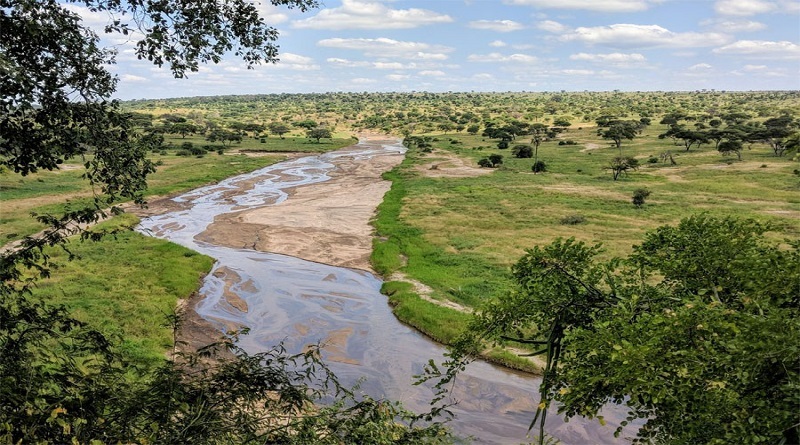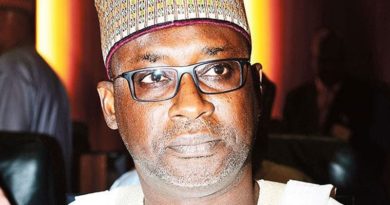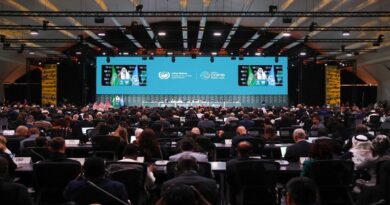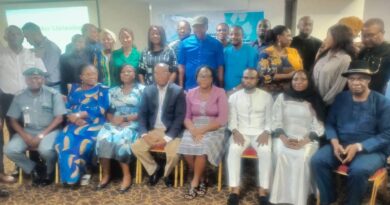Experts, others showcase efforts towards restoring degraded land at GLF 2018
Participants from across Africa at the two-day Global Landscape Forum (GLF) Nairobi 2018 held at the United Nations Office in Kenya have showcased and discussed their experiences and successes towards restoring forests, farms and coastlines.
The two days event attended by about 1,000 also attracted online participants as the event became top-trending social media site in Kenya.
Community leaders, including Serge Zoubga and Concepta Mukasa discussed their efforts to restore local landscapes, while Rwanda Environment Minister Francine Tumushine, UN Environment Executive Director Erik Solheim, Stefan Schmitz of the German Federal Ministry for Economic Cooperation and Development and the Center for International Forestry Research (CIFOR) Director General Robert Nasi shared insights into the role of restoration in sustainable development and climate mitigation and adaptation.
“Unless urgent and concerted action is taken, land degradation will worsen in the face of population growth, unprecedented consumption, an increasingly globalized economy and climate change,” said CIFOR’s Nasi. “We must restore at least 12 million hectares annually simply to reach land degradation neutrality. And if we want to rectify errors from the past, then we need to run twice as fast.”
Degraded landscapes each year cost 10 percent of the global economy, affecting the livelihoods and wellbeing of some 3 billion people across the world, many in developing countries. The global landscapes community aims to restore more than 2 billion hectares of degraded land worldwide – a footprint larger than South America. For progress to take place, the private and public sectors must invest $350 billion annually.
“We have the necessary technical knowledge to restore landscapes; what is missing is stronger political commitment and better rural governance,” said Schmitz. “This includes decentralizing decision-making, administrative capacities and financial resources; putting in place adequate territorial and tenure policies.”
Initiatives big and small, from the AFR100 to local efforts such as mangrove restoration, are demonstrating the potential for greater agricultural yields, ecosystem services and climate protection. At the same time, now is the time to convert commitments to restore hundreds of millions of hectares of land into action by involving communities, women and youth, the speakers said.“In a degraded landscape, if a woman doesn’t have the firewood, it will be difficult for her to get the water,” said Mukasa. “We managed to bring together six communities using an adaptive collaborative management approach. That vision is over restoration of degraded landscapes. These communities have been able to produce community trees.”
Solheim reiterated his support for a U.N. decade devoted to promoting the rehabilitation of degraded, damaged and destroyed ecosystems to help speed up the race against climate change and biodiversity loss. He urged participants to support the proposal for a U.N. Decade for Ecosystem Restoration 2021-2030, which was first floated by El Salvador.
“Ecosystem restoration can counter climate change, poverty and biodiversity loss,” said Solheim. “A U.N. Decade for Ecosystem Restoration would give us an opportunity to accelerate restoration action and UN Environment supports El Salvador and the many other countries who are champions of this idea.”
GLF Nairobi 2018 continues Thursday with discussions about ‘The Great Green Wall for the Sahara and Sahel Initiative’, the launch of a documentary and a concert by musician Rocky Dawuni.




